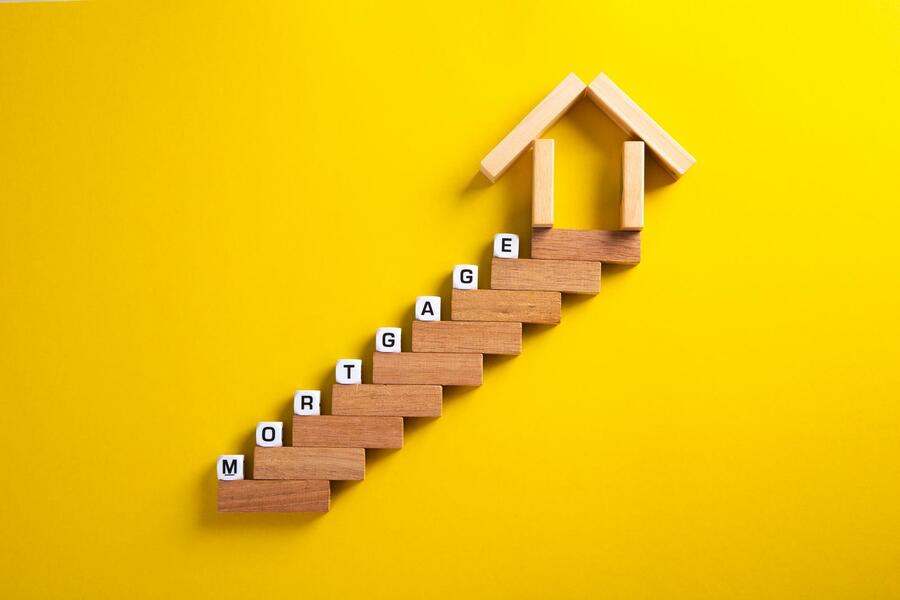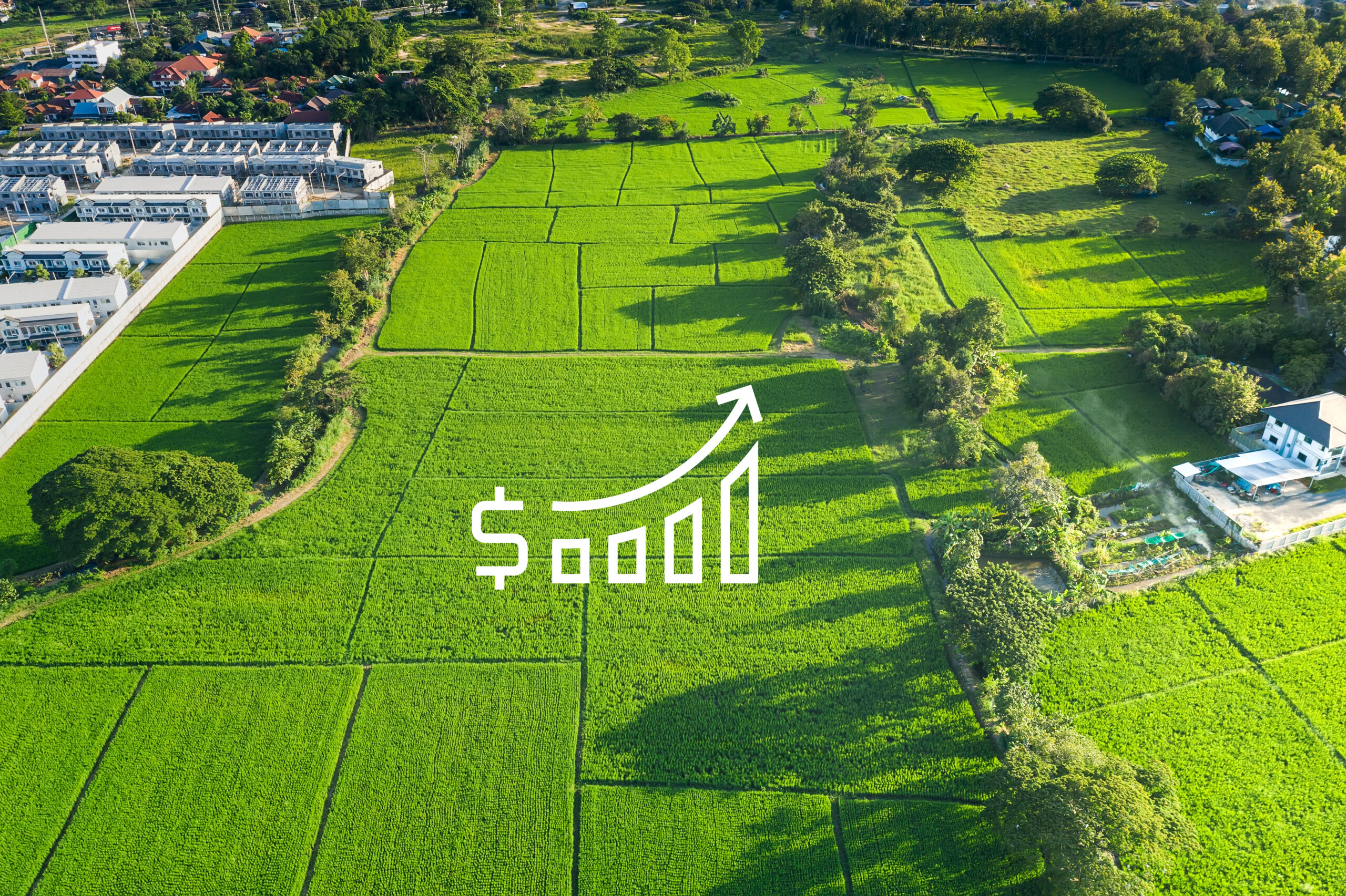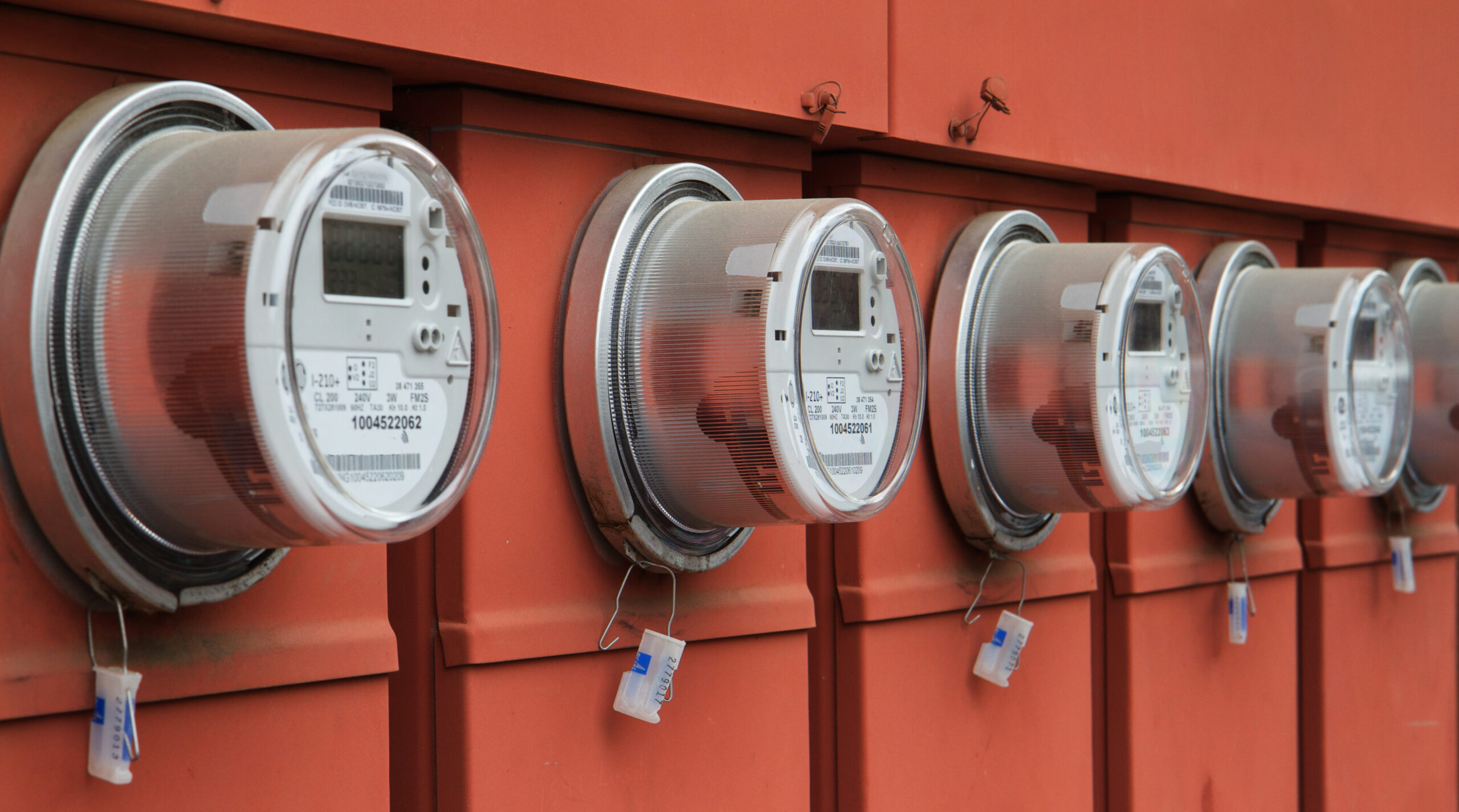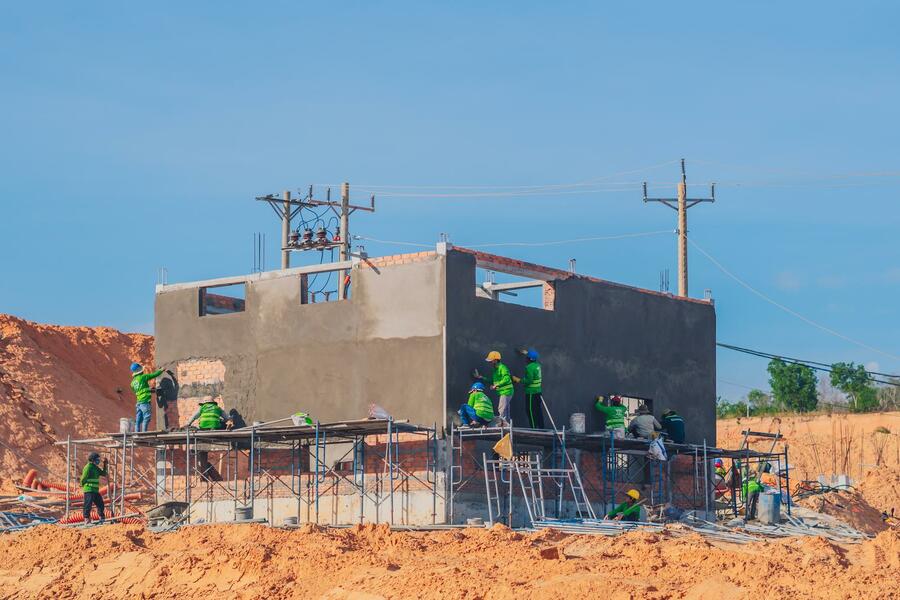If you want to be a homeowner in today’s world, you’re looking at a major investment. This includes down payments, mortgage payments, utilities, and other maintenance costs that can quickly add up.
High-ratio mortgages are one of the tools that new homeowners have at their disposal when trying to finance a home. There are a few things that make high-ratio mortgages unique, and whether or not they work for you will depend largely on your situation.
Keep reading to find information on high-ratio mortgages, as well as details on related topics such as how to evaluate whether or not a high-ratio mortgage is right for you.
What Is a High Ratio Mortgage?
High mortgage ratios allow you to buy homes with down payments as low as 5%. High-ratio mortgages have a value greater than 80% of a home’s price. When purchasing a home, if your mortgage down payment is less than 20%, then it will likely be a high-ratio mortgage.
In contrast, a mortgage with a low ratio, referred to as a traditional mortgage, has 80% or less of the house value and typically has an interest rate of 6% or more. For low-rate mortgages, the down payment must exceed 20%.
A high-rate mortgage means that you will be borrowing much less than a lower-ratio one. Since the risk of a high-ratio mortgage is higher for the lender, mortgage loan insurance is required.
There are many details of high-rate mortgages that will be discussed in this article, including LTV ratio, mortgage default insurance premiums, down payments, and amortization periods. Understanding these factors is essential in getting a mortgage that is right for you.
Implications of a High-Ratio Mortgage
It is essential that borrowers get mortgage default insurance, sometimes referred to as CMHC insurance. These federal requirements require that more risky loan types be adequately insured.
What does a secured mortgage have to do with the mortgage? Despite the default insurance coverage you have received from your mortgage lender, you must pay the insurance premium in advance at the start of your mortgage.
Premium costs will increase your total loan amount and typically range from 2% to 4% of your home loan. The exact costs will change based on the loan-to-value ratio. Higher ratios are generally associated with higher premiums.
Features of High-Ratio Mortgages
There are a few key features that can make high-ratio mortgages attractive or unattractive as a borrowing option, depending on your situation:
- High-ratio mortgages have less than a 20% down payment.
- This means that the amount you are borrowing is more than 80% of the value of the home.
- High-ratio mortgages represent a greater risk for the lender, and thus mortgage insurance is required.
- This insurance will increase your overall costs due to the premiums required.
In addition to the above listed features, it is important to note that a high-ratio mortgage typically cannot be refinanced. This means that once you are locked into your high-rate mortgage, it will be very difficult to renegotiate the terms.
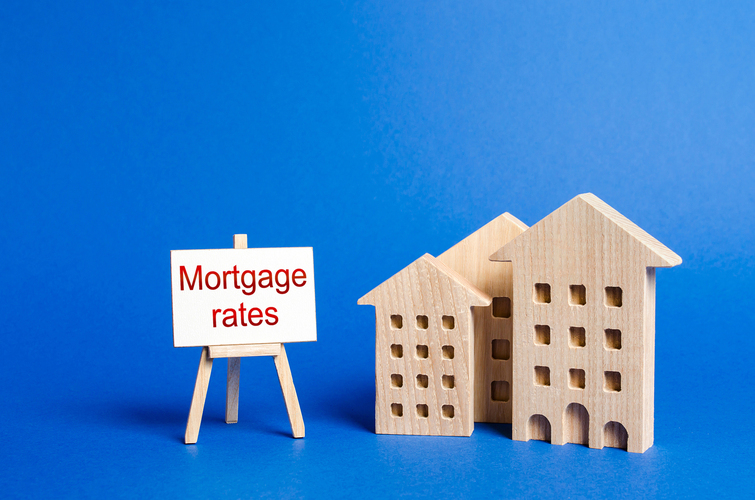
High-Ratio Mortgages vs. Conventional Mortgages
Mortgage loan insurance is mandatory for high-rate loans, but not required for conventional mortgages. Home mortgage Insurance is offered by the Canadian Mortgage Housing Corporation. CMHC insurance isn’t free of cost. The premium will be billed to you.
Private insurance companies also offer mortgage loan insurance, and the best option for you will depend on the value of the home and the specifics of your loan. Shopping around to explore your options can help you find the best deals.
Overall, whether or not a high-ratio mortgage is preferable to a conventional mortgage will depend on your specific situation, particularly your ability to pay back the loan consistently.
What Are Mortgage Default Insurance Premiums?
Every mortgage with high ratios requires mortgage insurance. The amount that you will be paying depends on your downpayment. When insuring through the CMHC, the premium will be lower if your down payments are higher.
You can choose to pay insurance premiums upfront in lump sums, but a lot of people incorporate the amount into the mortgage, where it is included in the monthly repayments. CMHS is the biggest mortgage default insurance provider.
As mentioned before, you could also go with coverage from a private mortgage broker. Private insurers have more leeway with the insurance they can offer you, and it might be worth it to go with private insurance depending on your situation.
Tips for Getting a High-Ratio Mortgage
If you are seeking a high-ratio mortgage for purchasing your home, then there are a few things you can do to make things a bit easier:
- Expect a larger down payment. If you save more money for a down payment, you will have more options at your disposal when it comes to high-ratio mortgages.
- Go with a cheaper property. Cheaper properties are more easily covered by smaller down payments.
- Pay more upfront. The more you are willing to pay upfront, the better loans you will be able to secure.
- Shop around. It’s always a good idea to look around at different brokers and the loans they offer in order to find the best rates.
It may also be a good idea to carefully consider the brokers offering high-ratio mortgages and consult with your lawyer on the options you have at your disposal. Careful consideration of all the factors will make it more likely that you will get the mortgage you need.
High Rate Mortgages and Loan To Value Ratio
The loan-to-value ratio is the relative difference between the amount of the loan and the value of the property. As an example, a mortgage with a 15% down payment will have a loan-to-value ratio of 85%.
The smallest possible down payment in Canada is 5% if you are buying a home valued lower than $500,000. This down payment would give you a possible loan-to-value ratio of 95%. The loan-to-value ratio will also determine the premiums you pay on mortgage insurance.
At the end of the day, the loan-to-value ratio is only one aspect of your high-rate mortgage. However, it is one that affects many aspects of the loan and it is important to be clear and understand your loan-to-value ratio in order to get a comfortable mortgage.
Calculation of High-Rate Mortgages
You can use an online mortgage payment calculator to find out how much to pay on high-ratio mortgages or low-ratio mortgages. These calculators are available from a number of lending institutions, and once again, shopping around may find you a better deal.
In order to use a mortgage calculator, you will need to know the specific details of the loan you are trying to take out. These include the amount, the amortization period, the amount of the down payment, and other details.
Understanding the details of the loan you want will help you accurately calculate the payments and other factors of your high-rate loan. Understanding this information is essential to making good decisions when it comes to high-ratio mortgages.
Amortization Period
An amortization period is the amount of time it would take to fully repay a mortgage assuming regular payments and interest rates. The highest amortization period offered for a high-ratio mortgage is 25 years.
Longer amortization periods (such as in a traditional mortgage) will spread your mortgage payments over longer periods of time, with payments themselves being smaller.
However, the down payment requirements for a low-ratio mortgage are higher.
It is also important to note that while your payments will be lower with a low-ratio mortgage compared to a high-ratio mortgage, you will end up paying more interest over the course of the loan.
Pros and Cons of High Ratio Mortgages
There are a number of factors that can make a high ratio mortgage more attractive than a conventional mortgage depending on the exact circumstances of your home purchase.
These factors do not necessarily make a high-ratio mortgage better or worse than a low-ratio mortgage. Rather, whether or not a high-ratio mortgage is right for you will depend on the repayment terms and costs you are comfortable fulfilling.
Pros
- Borrowers can get homes with a smaller down payment. With high-ratio mortgages, buyers can potentially own their home sooner due to the lower down payments required.
- Borrowers will get a loan with a lower interest rate. Due to insurance protecting lenders in case of default, many lenders will offer more attractive interest rates for a high-ratio mortgage.
Cons
- Borrowers will be required to get loan insurance. Since a high-ratio mortgage carries more risk for the lender, mortgage insurance is required for a high-ratio mortgage.
- Most high-ratio mortgages cost more money long-term. A high-ratio mortgage involves borrowing larger sums of money compared to a conventional mortgage loan. This means you will generally end up paying more in the long run, even with lower interest rates.
- There is a limit on amortization periods for a high-ratio mortgage. With high-ratio mortgages, the amortization periods have a maximum of 25 years, compared to 35 years for a conventional mortgage.
As mentioned before, a high-ratio mortgage will have some advantages and disadvantages that may make them more or less attractive for your situation. It’s important to understand the details as they pertain to your borrowing options before locking yourself into any decisions.

Final Thoughts
A high-ratio mortgage is more expensive than a low-ratio mortgage, but because Canadian real estate values have increased, they are now quite widespread.
Don’t stress too much if you need to obtain one; they were developed to assist buyers who could not afford large down payments. They are performing their job if they enable you to purchase a home.
However, the greatest method to save money and make buying a home in Canada more doable is to avoid a high ratio mortgage in the first place. The best course of action is to educate yourself as much as possible about mortgages.


